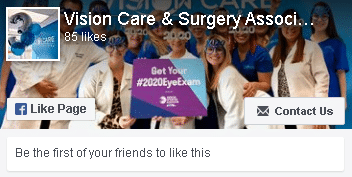During an eye exam, your eye doctor may perform a wide variety of tests. If you’ve only been accustomed to general vision screenings, it can be confusing to understand what tests are being done and why. Rest assured, medical eye exams and testing are done, not only to determine your corrective vision prescription, but to determine the health of your eye and to diagnose any medical conditions that may be occurring.
During your eye exam, your doctor may perform one or more of the following tests:
Applanation Tonometry
This is a test that measures how much pressure it takes to flatten your cornea. This test is done to diagnose glaucoma. It’s crucial to have this test at each visit since the early stages of glaucoma usually have no outward symptoms.
Fluorescein Angiogram
This is an eye test that measures the vascular flow within the retina. Blood needs to flow freely for proper function of your eyes. This particular test is done to diagnose conditions like diabetic retinopathy and macular degeneration. Early detection of these conditions could prevent the onset of blindness.
Corneal Topography
This is a non-invasive test that actually maps the surface of your cornea. This test is done to detect conditions such as corneal scarring or tears, swelling and/or astigmatism. This test is commonly conducted before eye surgery or if you’re being fitted for contact lenses.
Dilated Pupillary Test
This test consists of the eye doctor placing drops in your eyes to test for dilation response. It is used to help detect retinal disease.
Slit-Lamp Test
In this eye test, the doctor shines a beam of light in your eyes to look for signs of glaucoma, macular degeneration, retinal detachment and other problems with the physical condition of the eye.
Your eye doctor has many tests and tools at his or her disposal to diagnose eye conditions. But you need to have regular eye exams to make use of these technologies. Book an appointment today if necessary.


